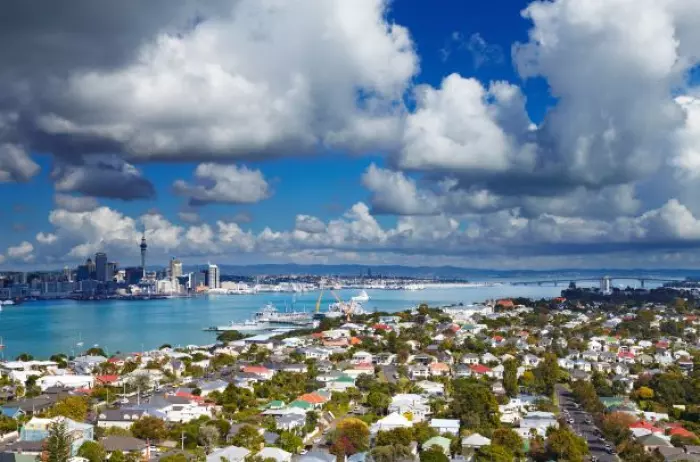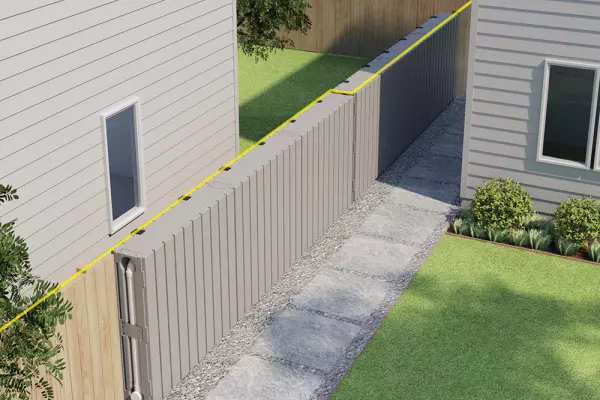New Zealand house price inflation outpaced every country on the planet except Turkey over the past year, leading a rampant worldwide market that has seen the highest level of price hikes since before the global financial crisis.
Average country prices escalated 7.3% for the 12 months to this March, the fastest pace since the final quarter of 2006, according to the latest Knight Frank global house price index, which benchmarks average prices across 56 countries and territories.
It was the fifth consecutive quarter that Turkey led the index for annual price growth, coming in with a 32% increase since last March, while NZ was at 22.1%.
Knight Frank researcher Kate Everett-Allen noted that stripping inflation out, Turkey’s real prices rose at closer to 16% last year. Included in the top 10 were the US, at 13.2%, Sweden, at 13%, the Netherlands, at 11.3% and Russia, at 11.1%.
Australia, which charted an 8.3% increase for the past 12 months, led the remainder of the Asia Pacific region, while Singapore was at 6.1%, South Korea at 5.8% and Japan at 5.6%.
The report notes huge fiscal and monetary stimulus, aimed at ensuring economic stability, have instead served to stoke a property boom worldwide, with a total of 13 countries recording double-digit growth since March last year.
That has also sparked concern of a post pandemic, global housing bubble.
Last month Bloomberg pointed to NZ as being one of the least affordable markets in the world – with Auckland coming in as the fourth most expensive city on the planet, after Hong Kong, Vancouver and Sydney.
Bloomberg, citing this year’s “unaffordability ratings” supplied by global research agency Demographia, suggested NZ was now the “poster child” for the boom, despite its success in vanquishing covid.
NZ also merits an overall median market rating of ‘10’ on Demographia’s national ranking system, placing it second only to Hong Kong, which is on 20.7. For reference, the next “least affordable” country to live in was Australia, at 7.7.
Global cooling
The NZ government, which removed tax incentives and pushed up local loan-to-value ratios for property “speculators” in March, is not alone in trying to subdue rampant price growth. The governments of China, Canada and Ireland have all joined the fray in launching interventions.
Canada is looking at a national vacancy tax and China is mulling over a national property tax.
Everett-Allen suggests the actions, combined with the end of fiscal stimulus later this year, will make buyers “less exuberant”.
The NZ Treasury, for its part, expects annual house price growth to reach 17% this year, slowing to less than 1% for 2022.
And while there remains economic debate about the impact of government and Reserve Bank measures, it is generally accepted that days are numbered for double digit growth, with a prognosis for next year ranging from an average 7% increase to a 3% decline by end 2022.
There are some signals the pace of price rises is slowing.
Since the final quarter of last year, NZ’s price growth has slowed to 5.3%, placing it sixth on the index and well down on Turkey and Lithuania, the latter coming in with an incredible quarter-on-quarter growth of 9.1%.
BNZ said this morning in a note that house prices are simply "becoming beyond reach" and NZ's house price movement doesn't "pass the sniff test".
"Does it really make sense that the value of the housing stock has risen six-fold since the beginning of 1990?"
It said slower population growth and a booming construction sector meant oversupply could start developing in some areas, and warned the longer house price inflation stayed elevated the greater the chance of a major correction.
Some losers
Knight Frank also notes the threat of new covid variants and the stop/start nature of vaccine rollouts also have the potential to exert further downward pressure on price growth.
Nor was it a blanket inflationary environment, with several large economies where strong price growth remains elusive.
Those have generally aligned with countries where the health toll has been greatest as a result of the pandemic with Italy, recording a marginal 1.6% increase and both India (-1.6%) and Spain (1.8%) recording lower year-on-year price growth through the first quarter.














